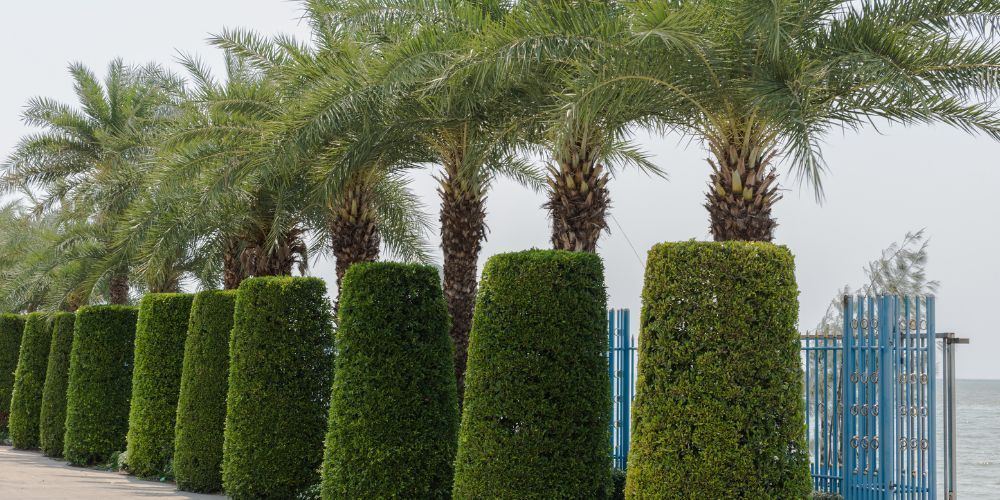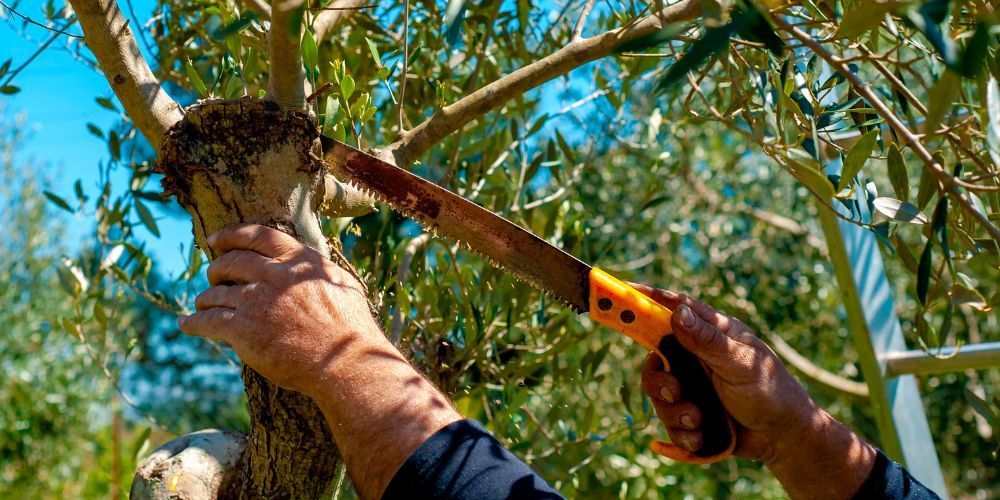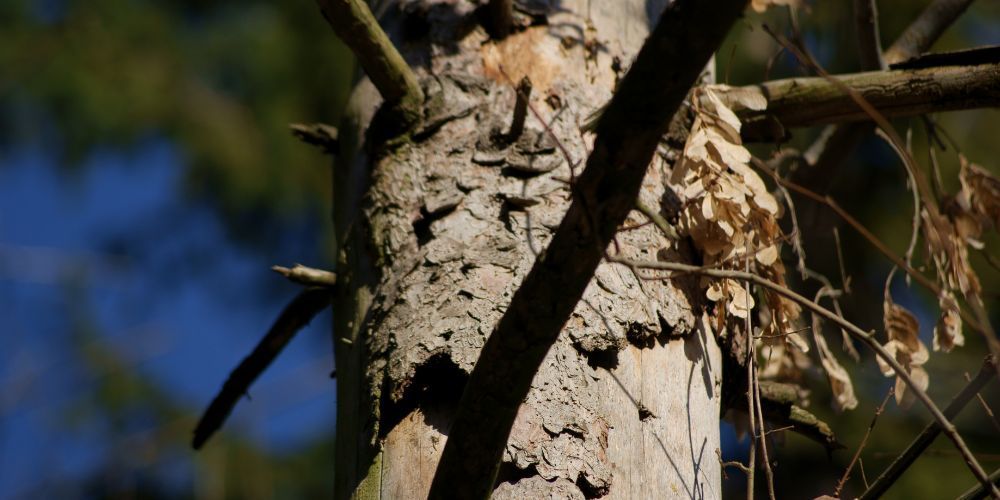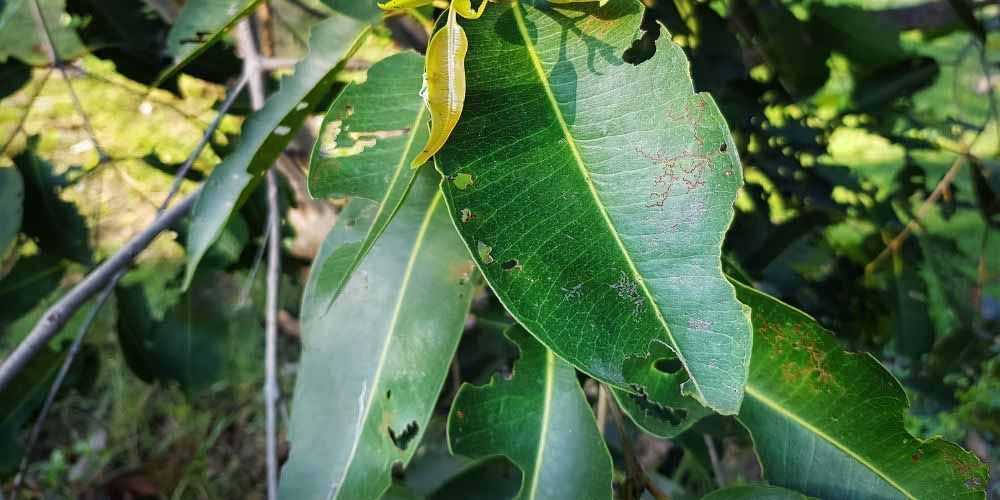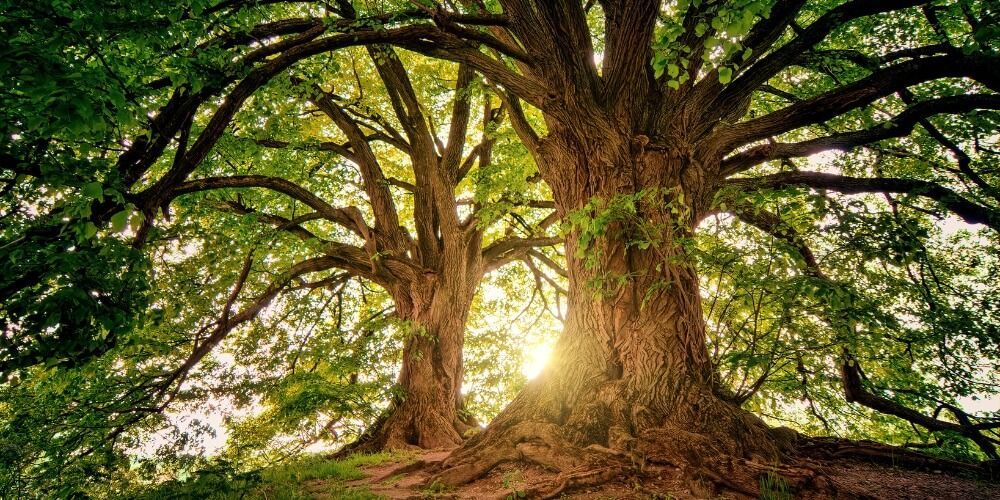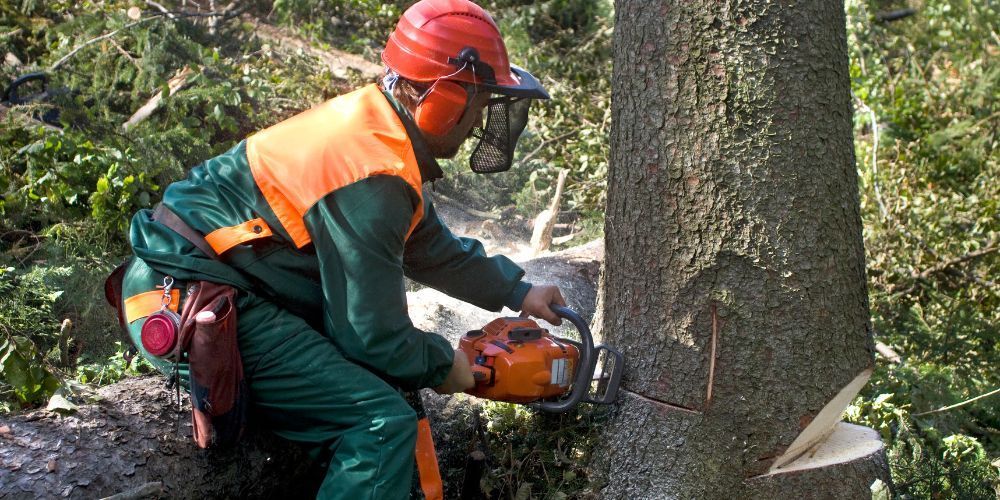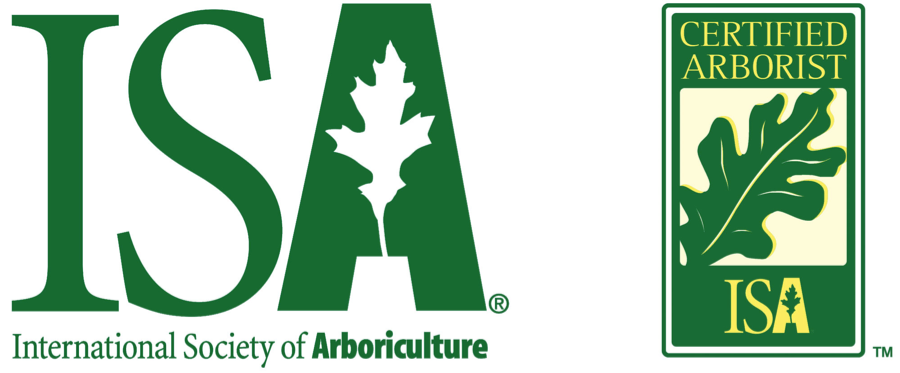Protecting Your Trees During Increasingly Hot Summers in Southern California
The unforgiving summer heat in Southern California places extraordinary stress on tree health. Any time the mercury rises above average continuously, it is essential for a homeowner or gardener to know the best strategies for tree care.
Protecting your trees from intense sun and arid conditions is not a matter of survival, but they thrive and create Robbie, your landscape's beauty, and ecological balance. Among the critical concerns this guide addresses is sustaining tree health amidst the extreme heat common in most Southern California summers.
Best practices in watering, soil management, and selecting tree species underpin this to ensure your trees survive the heat and thrive. Encouraging these guidelines will ultimately provide a green investment that is robust and vibrant, giving back positively to your immediate environment.
Steps to Protect Your Trees
Southern California's summer heat puts trees at unusual risk of exposure to high temperatures. In this section, proactive measures attributable to symptoms of heat stress, advanced soil management techniques, and irrigation strategies can further improve tree hardiness against these blistering temperatures.
Recognizing Heat Stress in Trees
Identifying heat stress in trees helps provide timely and appropriate care, especially with hot summers, as experienced in Southern California.
Some common indicators of a tree experiencing heat stress are wilting leaves, scorched or browned edges along the leaves, or noticeable discoloration. Related stunted growth or premature defoliation from the trees' attempt to conserve moisture and nutrients might also be evident in heat-stressed trees.
Effective Watering Techniques
Good water techniques will help your trees endure the pavement and intense heat of the average Southern California summer. Deep watering, for instance, spurs profound root growth by ensuring moisture seeps down to the deeper roots.
Such practices result in vigorous and healthy development. Equally important is mulching; it retains the moisture in the soil while mollifying temperature extremes around the roots. Mulch prevents water evaporation and adds nutrients to soils when broken down, thereby making sustainable and eco-friendly arborist principles for tree care in healthy ways.
Soil Management
Healthy soil will maintain the health of your trees, especially in Southern California, where there are fewer hospitable weather assaults. First, good soil management practices include periodic testing of pH and nutrients to ensure they are optimal for tree health.
Adding organic material to the soil helps the structure and water-holding abilities while strongly developing the roots. There are also vital branches to integrated pest management (IPM) for trees. It employs environmentally sensitive pest control methods that are not heavily reliant on harsh chemical treatments and will further enhance soil health.
Choosing the Right Trees and Planting Locations
The most reasonable species selection for tree conservation in Southern California would be the species more resistant to hot and dry conditions. For example, the California Sycamore and the Coast Live Oak will entail minimum human intervention.
Over the years, they have adapted their life forms to the local climate conditions. More importantly, planting them in suitable locations is crucial. Proper placement not only ensures their survival but also promotes healthier growth. It gives your trees a fighting chance against the region's harshest conditions.
Pruning and Maintenance
Proper pruning and maintenance ultimately allow trees to be healthier and more vigorous. Organic tree pruning involves the removal of dead or damaged branches; this practice can dramatically reduce the onset of diseases and improve air circulation through the tree's canopy.
The environmentally friendly concept strengthens the tree's structures' tolerance to high temperatures and other stressful factors. Through constant employment, these methods improve the tree's survival from Southern California's adverse climatic conditions.
Building Long-Term Resilience
The making of long-term resilience in trees requires multiple dimensions. There has to be regular consultation with certified arborists, together with the use of tree risk assessment services. It would only help detect the signs of any would-be vulnerability at the nascent stage. One can thus successfully take proactive management when dealing with tree health and, with custom-made recommendations, adjust irrigation to alter soil amendments according to specific needs and environmental factors.
Emergency Measures During Heatwaves
Heat waves raise extra care for trees. Therefore, one of the most critical things to prevent thermal stress is to offer temporary shade structures that protect trees from direct afternoon sunlight. Finally, it is imperative to adapt its irrigation protocols by increasing frequency and volume following water-wise tree maintenance. It may help trees go through extreme heat by granting them adequate moisture.
All these are vital tree care strategies in maintaining the health and vigor of trees, enabling them to survive and thrive even during the hottest temperature spikes.
Conclusion
The increasingly sweltering summers of Southern California call for proactive and informed tree care strategies. Tree owners can significantly enhance trees' resilience by recognizing symptoms related to heat stress, adopting effective watering techniques, and adequately managing soil.
Organic tree pruning and eco-friendly arborist techniques are sustainable practices that help keep these life forms healthy and viable. As the climate continues to challenge us, the future of lush, healthy landscapes in Southern California will depend on embracing these comprehensive tree preservation techniques. Trust So Cal Tree Care Inc. to safeguard your trees with expert knowledge and environmentally conscious solutions.
FAQs
What are the best trees for hot climates in Southern California?
Among them are the California Sycamore, Coast Live Oak, and Palo Verde—among the best choices due to their tolerance for heat and dryness.
How often should I water my trees during hot summers in SoCal?
It depends on the species, the condition of the soil, and the weather. Generally, it can be watered once a week or more frequently during heat waves.
How can I protect my trees from heat stress, and what are some signs of it?
Sufficient irrigation, mulching, and planting in the best location offer trees protection from heat stress. Wilting, scorching, and deciduousness are the various ways of identifying heat stress.
